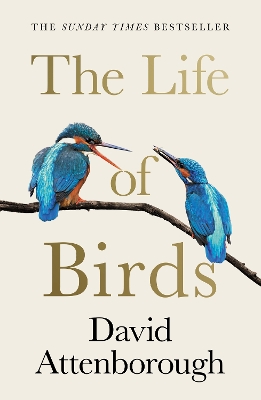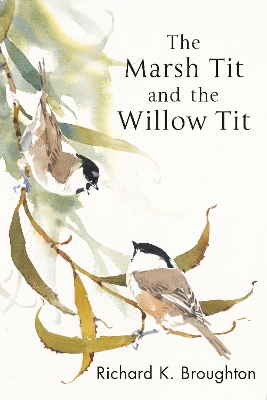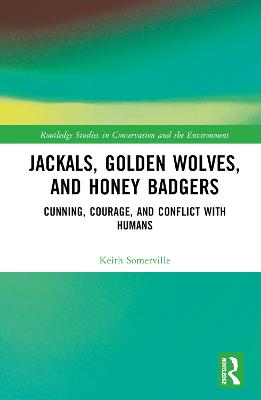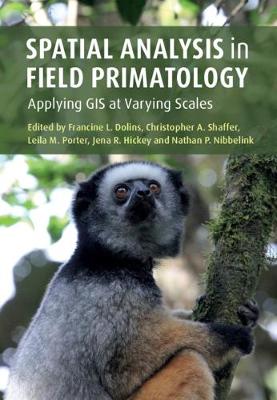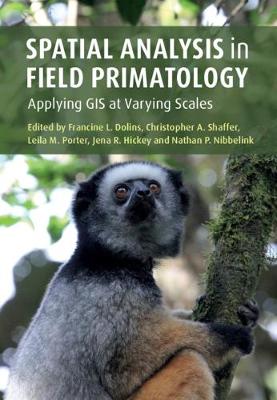Evolution, Ecology and Conservation of Lorises and Pottos
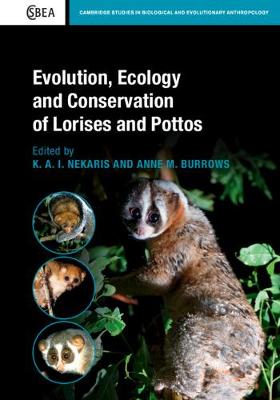 -10%
portes grátis
-10%
portes grátis
Evolution, Ecology and Conservation of Lorises and Pottos
Burrows, Anne M.; Nekaris, K. A. I.
Cambridge University Press
03/2020
510
Dura
Inglês
9781108429023
15 a 20 dias
1150
Descrição não disponível.
Foreword; Acknowledgements; 1. Introduction: overview of lorises and pottos; Part I. Evolution, Morphology and Fossil Record: 2. Sluggards and drunkards? A history of the discovery and description of the Afro-Asian lorisidae; 3. What we know (and don't know) about the fossil records of lorisids; 4. Outliers: have lorisids moved beyond touch?; 5. Molecular advances in lorisid taxonomy and phylogeny; 6. The toothcomb of Karanisia Clarki: how does exudate-feeding fit into the ecology of this loris-like basal strepsirrhine?; 7. The soft-tissue anatomy of the highly derived hand of perodicticus relative to the more generalised nycticebus; 8. Making scents of olfactory sensitivity in lorises and pottos; 9. Allometric and phylogenetic diversity in lorisiform orbit orientation; 10. The evolution of social organisation in lorisiformes; 11. Biomechanics of loris locomotion; 12. What role did gum-feeding play in the evolution of the lorises?; Part II. Ecology and Captive Management: 13. Nutrition of lorisiformes; 14. Seeing in the dark: visual function and ecology of lorises and pottos; 15. Thermoregulation in lorises; 16. Home range, activity budgets and habitat use in the Bengal slow loris (Nycticebus Bengalensis) in Bangladesh; 17. Behaviour of pottos and angwantibos; 18. Positional behaviour and substrate preference of slow lorises, with a case study of nycticebus Bengalensis; 19. Sexual differences in feeding and foraging of released Philippine slow lorises; 20. Ranging patterns of the pygmy slow loris (Nycticebus Pygmaeus) in a mixed deciduous forest in Eastern Cambodia; 21. Utilising current and historical zoo records to provide insight into the captive biology of rarely kept pottos and angwantibos; 22. Mother-infant behaviours in greater slow loris (nycticebus coucang) dyads consisting of mothers pregnant at confiscation and their sanctuary-born infants; 23. Husbandry and reproductive management recommendations for captive lorises and pottos (nycticebus, loris, and perodicticus); Part III. Research, Trade and Conservation: 24. Trapping, collaring and monitoring the lorisinae of Asia (loris, nycticebus) and perodicticinae (arctocebus, perodicticus) of Africa; 25. Evaluation of field techniques used to assess populations of pottos and lorises; 26. Occupancy modelling as a method to study slender loris density; 27. Using accelerometers to measure nocturnal primate behaviour; 28. Distribution and conservation status of slow lorises in Indo-China; 29. Wildlife trade research methods for lorises and pottos; 30. Online imagery and loris conservation; 31. Slow lorises as photo props on Instagram; 32. Integrating science and puppetry to inspire teenagers in rural Asia to value slow lorises; 33. Developing a rescue and rehabilitation centre as a reaction to the extensive illegal wildlife trade in slow lorises; References; Index.
Este título pertence ao(s) assunto(s) indicados(s). Para ver outros títulos clique no assunto desejado.
Foreword; Acknowledgements; 1. Introduction: overview of lorises and pottos; Part I. Evolution, Morphology and Fossil Record: 2. Sluggards and drunkards? A history of the discovery and description of the Afro-Asian lorisidae; 3. What we know (and don't know) about the fossil records of lorisids; 4. Outliers: have lorisids moved beyond touch?; 5. Molecular advances in lorisid taxonomy and phylogeny; 6. The toothcomb of Karanisia Clarki: how does exudate-feeding fit into the ecology of this loris-like basal strepsirrhine?; 7. The soft-tissue anatomy of the highly derived hand of perodicticus relative to the more generalised nycticebus; 8. Making scents of olfactory sensitivity in lorises and pottos; 9. Allometric and phylogenetic diversity in lorisiform orbit orientation; 10. The evolution of social organisation in lorisiformes; 11. Biomechanics of loris locomotion; 12. What role did gum-feeding play in the evolution of the lorises?; Part II. Ecology and Captive Management: 13. Nutrition of lorisiformes; 14. Seeing in the dark: visual function and ecology of lorises and pottos; 15. Thermoregulation in lorises; 16. Home range, activity budgets and habitat use in the Bengal slow loris (Nycticebus Bengalensis) in Bangladesh; 17. Behaviour of pottos and angwantibos; 18. Positional behaviour and substrate preference of slow lorises, with a case study of nycticebus Bengalensis; 19. Sexual differences in feeding and foraging of released Philippine slow lorises; 20. Ranging patterns of the pygmy slow loris (Nycticebus Pygmaeus) in a mixed deciduous forest in Eastern Cambodia; 21. Utilising current and historical zoo records to provide insight into the captive biology of rarely kept pottos and angwantibos; 22. Mother-infant behaviours in greater slow loris (nycticebus coucang) dyads consisting of mothers pregnant at confiscation and their sanctuary-born infants; 23. Husbandry and reproductive management recommendations for captive lorises and pottos (nycticebus, loris, and perodicticus); Part III. Research, Trade and Conservation: 24. Trapping, collaring and monitoring the lorisinae of Asia (loris, nycticebus) and perodicticinae (arctocebus, perodicticus) of Africa; 25. Evaluation of field techniques used to assess populations of pottos and lorises; 26. Occupancy modelling as a method to study slender loris density; 27. Using accelerometers to measure nocturnal primate behaviour; 28. Distribution and conservation status of slow lorises in Indo-China; 29. Wildlife trade research methods for lorises and pottos; 30. Online imagery and loris conservation; 31. Slow lorises as photo props on Instagram; 32. Integrating science and puppetry to inspire teenagers in rural Asia to value slow lorises; 33. Developing a rescue and rehabilitation centre as a reaction to the extensive illegal wildlife trade in slow lorises; References; Index.
Este título pertence ao(s) assunto(s) indicados(s). Para ver outros títulos clique no assunto desejado.

